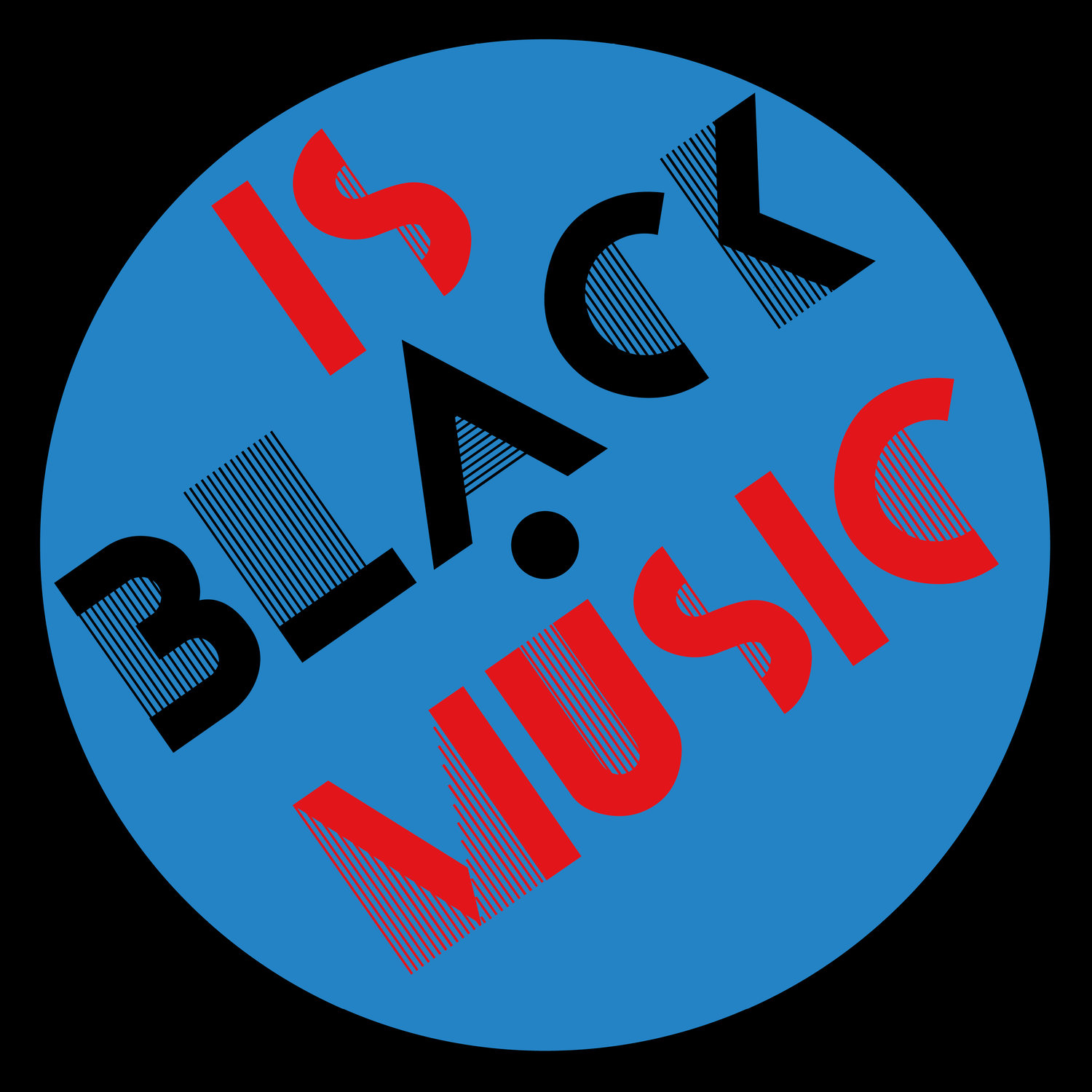The Black Sound exhibit
The Black Cultural Archives exhibit is quite extraordinary. It explores the rich legacy of Black British music from the early 20th century to the present. Co-curated by Lloyd Bradley and The Champion Agency in partnership with the Black Cultural Archives, it is the most musical of the three exhibitions we are examining in this trilogy of reviews.
The wood panel on the wall in the exhibit chronicles the development of Black music in the British Isles, with well-placed text and colourful graphics carved and impressed onto a scroll. It looks like something you might stumble on in an abandoned beachcomber’s hut, or in a once-inhabited tropical forest.
Original posters, flyers and newspaper clippings transform the four walls into a papyrus map that serves as a homage to the great Black pioneers of UK music.
We begin in that year of years 1919, with the London arrival of the Southern Syncopated Orchestra from America. This was soon followed by a calypso craze spearheaded by Guyanese clarinetist Rudolf Dunbar.
Surprisingly the chronology reveals that the first half of the British Black 20th century was not dominated by the Jamaican or African presence. Unlike today, it was the Trinidadians that tended to be most influential of those from the Black Diaspora.
The chronicling of the calypso phenomena delves into into the Soho underground, a phase which culminated with a ton of records coming out on British labels by the likes of Attila the Hun, Roaring Lion and Lord Beginner.
Next the inviting wooden panel sends us feet first into the arrival of Lord Kitchner and the steel-band influence on the Windrush ship. Many came on this vessel, not least the great Lord Windbine who mentored the Beatles into being.
From there things begin to accelerate quickly as the explosion explodes. You have Claudia Jones launching the first Black newspaper in 1958. The paper was called the West Indian Gazette and it helped create the foundations of the Notting Hill Carnival.Calypso really entered the mainstream via weekly TV shows utilising the calypso art of political satire.
The scroll takes us through from the free jazz South African immigrant band named Blue Note, to Eddie Grant launching the first Black-owned pressing plant.
We soon find ourselves in 1976 with the creation of the Black Echoes music rag. Other features of the exhibition include an installation with a cassette player equipped with 1970s cassettes and headphones, and a simulation of a 1960s sitting room with a telly.
There is also a section of the exhibition where photos hang on a red wall in a family portrait fashion. It’s the kind of hall of fame that you might find in any Black British home. But instead of a particular families and relations, these photos are of the heroes of Black British culture, images of the likes of Winfred Atwell, Leslie ‘Jiver’ Hutchinson and Amy Ashwood Garvey.
These are portraits of the aunts and uncles that represent the African and Caribbean cultural sound embodied in the UK, and we salute them.







